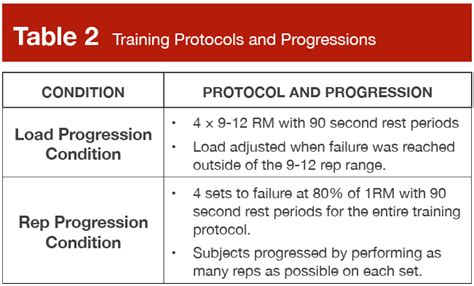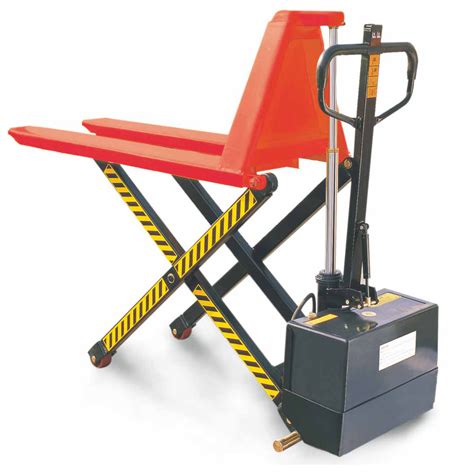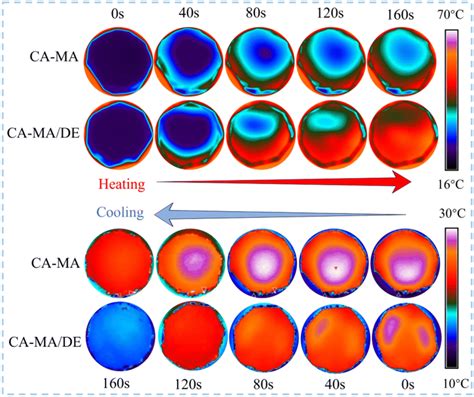Stalled gains? What advanced progressive overload tactics unlock new strength peaks?

Breaking Through the Plateau: Beyond Basic Progressive Overload
Every dedicated lifter eventually encounters the frustrating wall of stalled gains. What once felt like effortless progress – simply adding more weight or reps each week – grinds to a halt. The fundamental principle of progressive overload, while crucial, often needs a more sophisticated application as you become stronger and more adapted. This article explores advanced progressive overload tactics designed to reignite your progress, shatter plateaus, and propel you towards unprecedented strength peaks.

The Limitations of Linear Progression
In the initial stages of training, linear progression (consistently adding a small amount of weight to the bar) is highly effective. Your body adapts quickly, and strength increases rapidly. However, human adaptation isn’t limitless. As you approach your genetic potential, the physiological stress required to stimulate further growth and strength gains must become more nuanced. Simply attempting to add 5lbs to your squat every week forever is unsustainable and leads to burnout, injury, or, most commonly, a plateau.
Advanced Tactics for Relentless Progress
To continue progressing, we must employ more strategic methods of increasing demand on the muscles beyond just straight weight increases.
1. Manipulating Volume and Density
Instead of just adding weight, consider increasing the total work done (volume) or doing the same work in less time (density).
- Double Progression: This involves working within a rep range (e.g., 8-12 reps). Once you can hit the upper end of the range with a given weight for all sets, you then increase the weight and aim for the lower end of the rep range again.
- Volume Cycling: Rather than always increasing, periodically increase your total sets and reps for a few weeks, then pull back for a deload, allowing your body to adapt to the higher volume.
- Density Training: Strive to complete the same number of sets and reps in a shorter amount of time, or more sets and reps in the same amount of time, by reducing rest periods.

2. Intensity Techniques: Pushing Beyond Traditional Failure
These methods extend a set beyond typical muscular failure, recruiting more muscle fibers and creating greater metabolic stress.
- Drop Sets: After reaching failure with a certain weight, immediately reduce the weight by 20-30% and continue for more reps until failure again. Repeat 1-2 times.
- Rest-Pause Training: Perform a set to failure, rest for a very short period (10-20 seconds), then perform 1-3 more reps, repeating this mini-set cycle.
- Myo-Reps: A technique where you perform a heavy activation set, then take several short rest-pauses (3-5 breaths) to perform clusters of 1-3 reps, aiming for a total of 3-5 ‘mini-sets’.
- Supersets & Giant Sets: Combining two (superset) or more (giant set) exercises back-to-back with minimal rest to increase the total work in a given time frame and elevate heart rate.

3. Time Under Tension (TUT) and Tempo Training
Rather than just lifting heavier, manipulate how long the muscle is under tension during each rep. Slowing down the eccentric (lowering) phase, adding pauses at peak contraction or stretch, or varying the concentric (lifting) speed can increase muscular demand, improve mind-muscle connection, and stimulate growth through different pathways.
4. Strategic Deloading and Periodization
True long-term progress isn’t linear; it’s undulating. Strategic planning is crucial for continuous gains.
- Deloading: Periodically (e.g., every 4-8 weeks) reducing training volume and/or intensity for a week allows your body to recover, repair, and supercompensate, preventing overtraining and preparing you for new strength cycles.
- Periodization: Structuring your training into distinct phases over time (e.g., a phase focused on hypertrophy, followed by a strength phase, then a power phase). This cyclical approach prevents adaptation plateaus and helps peak performance for specific goals. Both linear (gradually increasing intensity over time) and undulating (varying intensity and volume within a week or microcycle) periodization models can be effective.

5. Exercise Variation and Unilateral Work
While sticking to fundamental lifts is vital, periodically varying exercises or introducing their variations can provide a novel stimulus. For instance, swapping barbell squats for front squats or lunges for a cycle can challenge stabilizing muscles differently. Incorporating unilateral (single-limb) exercises like single-leg RDLs or dumbbell rows can also address muscular imbalances and improve overall strength and stability, leading to better performance in bilateral lifts.
Implementing Advanced Overload Safely and Effectively
These advanced tactics are powerful tools, but they demand a high level of awareness and recovery. Always prioritize proper form, listen to your body, and ensure adequate nutrition and sleep. Introduce these methods gradually, perhaps focusing on one or two new techniques per training block, rather than trying to implement everything at once. Consistent tracking of your workouts is more critical than ever to ensure you are indeed progressively overloading and not just training harder without purpose.

Conclusion
Stalled gains are not a dead end, but rather an invitation to evolve your training approach. By moving beyond basic linear progression and strategically incorporating advanced progressive overload tactics such as manipulating volume, density, intensity, tempo, and intelligently planning your training with deloads and periodization, you can unlock new strength peaks. Embrace these sophisticated methods, commit to smart training, and watch as you break through plateaus and continue your journey toward superior strength and muscular development.








